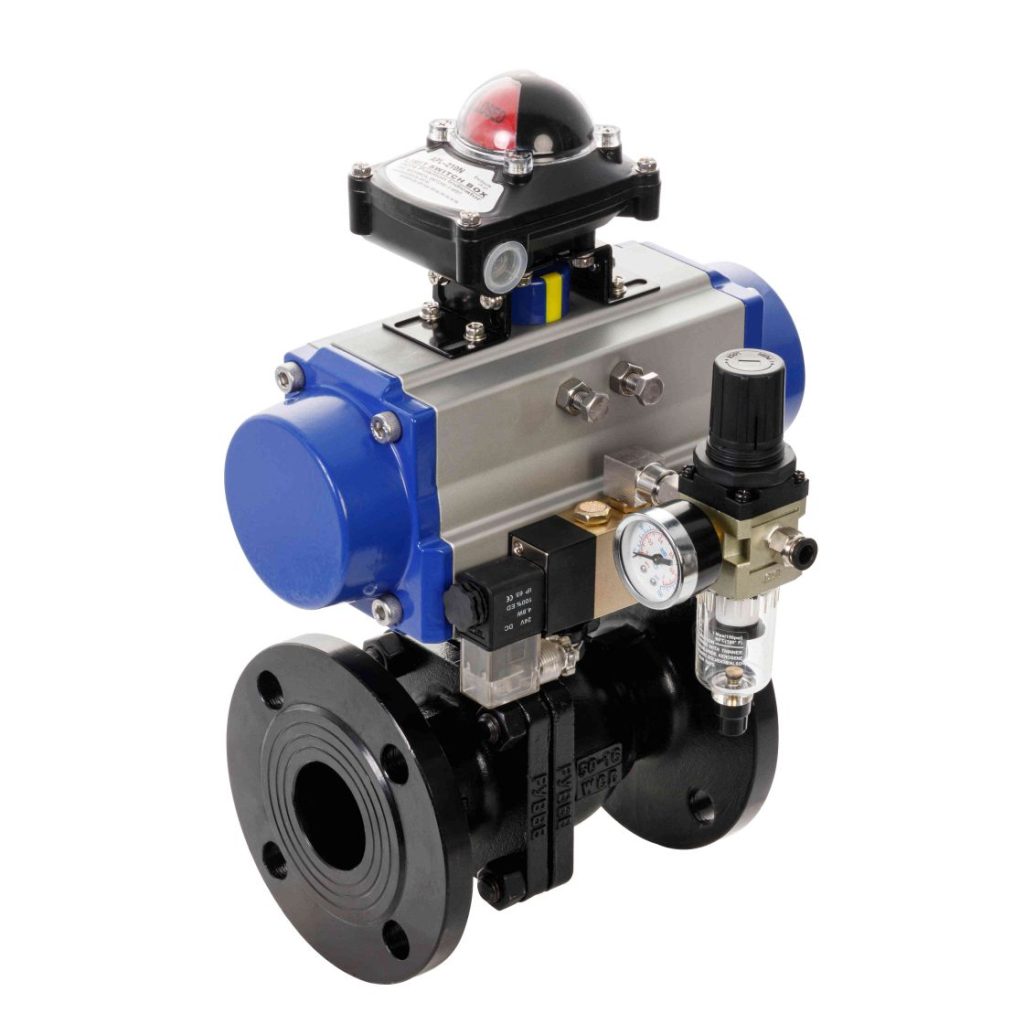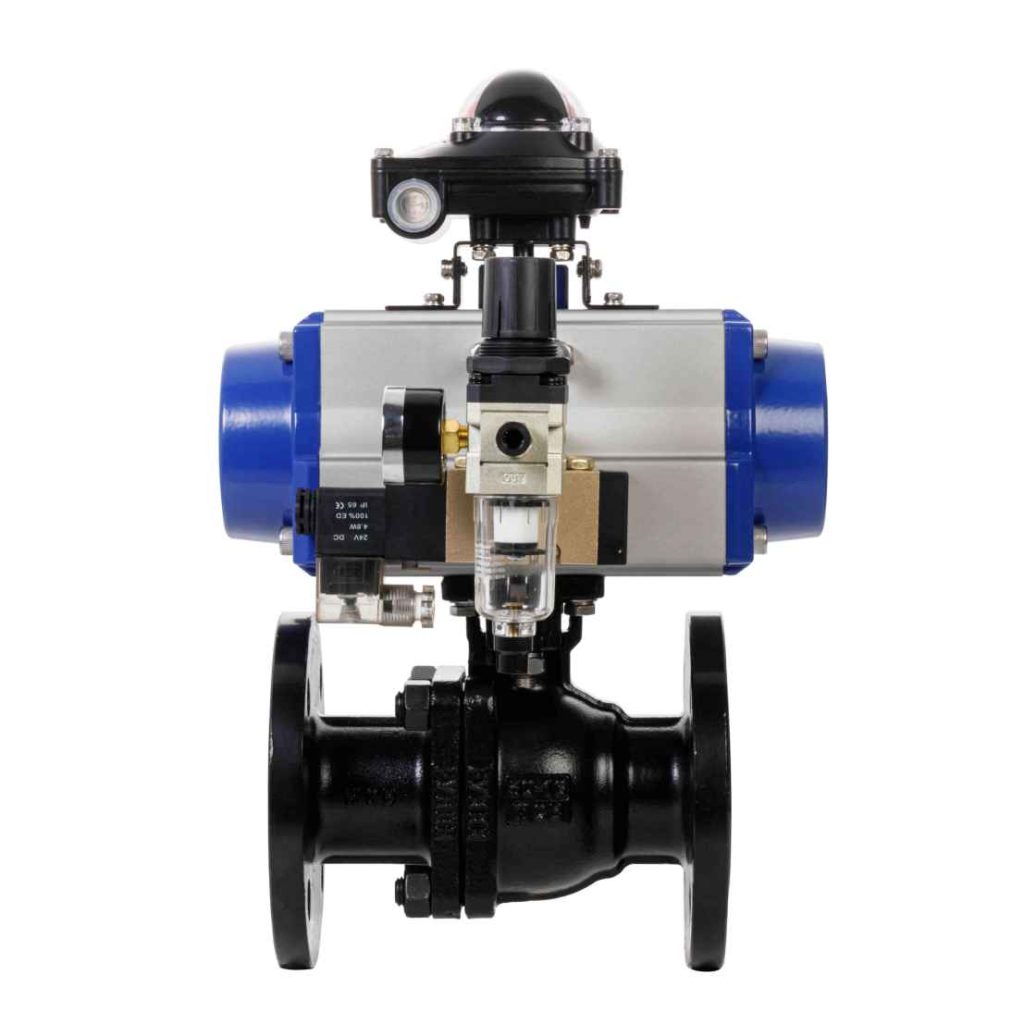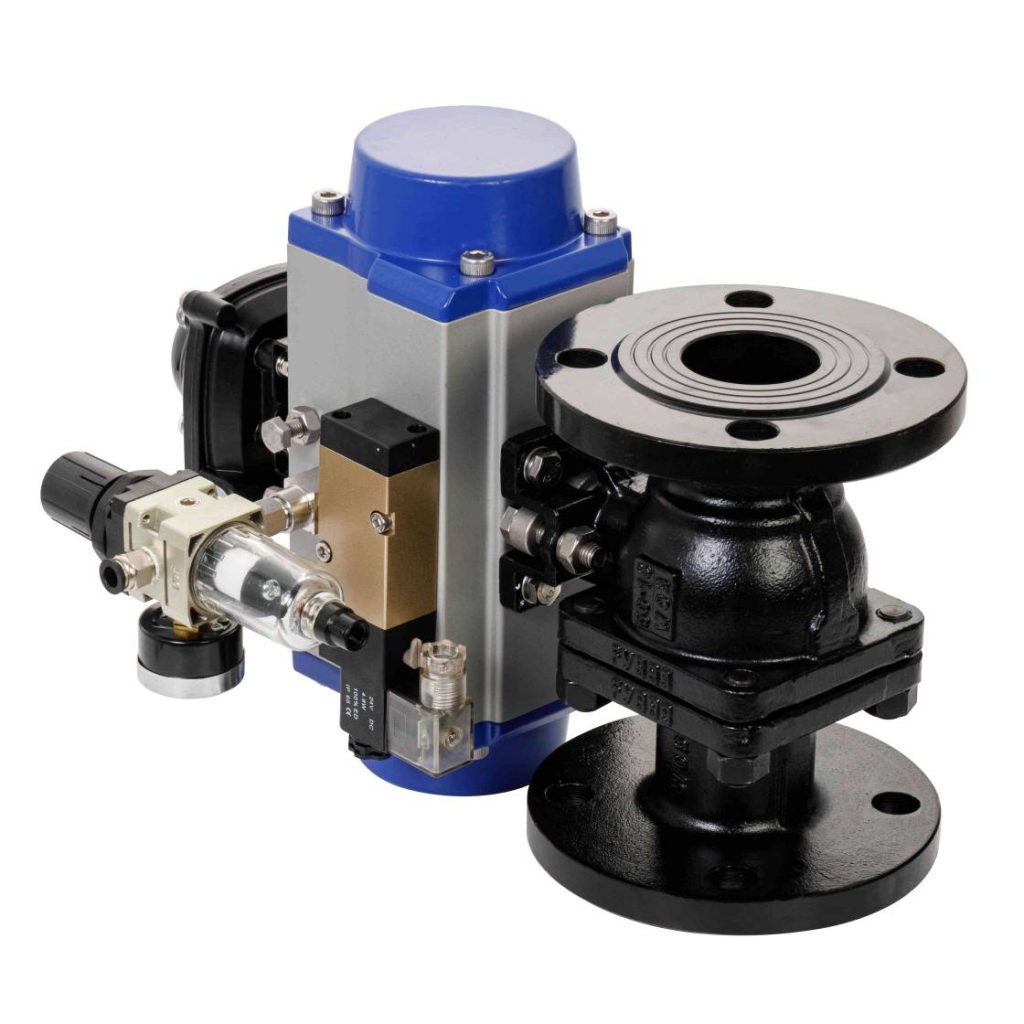A pneumatic ball valve is an essential component in modern industrial automation, offering reliable control for various fluid and gas systems. It is a valve that uses compressed air to operate the ball inside the valve body to regulate the flow of substances like gases, liquids, or steam. As industries move towards automation and efficiency, pneumatic ball valves have become increasingly popular due to their ease of control, versatility, and ability to function in demanding environments. This article will explore the working principle, advantages, and common applications of pneumatic ball valves, providing an in-depth understanding of this crucial industrial tool.

Working Principle of Pneumatic Ball Valves

At the core of the pneumatic ball valve is a ball with a hole or port through its center, which rotates to control the flow of the medium passing through the valve. When the valve is open, the hole aligns with the pipeline, allowing fluid or gas to pass through easily. When the valve is closed, the ball rotates 90 degrees, blocking the flow completely. Pneumatic ball valves are operated using compressed air that powers a pneumatic actuator. The actuator can be single-acting (requiring air pressure to open the valve and spring return to close) or double-acting (requiring air pressure to both open and close the valve). The actuator connects to the valve’s stem, which rotates the ball when the actuator is activated. The valve’s response is swift and efficient, making it suitable for applications requiring quick shut-off or regulation of flow.
